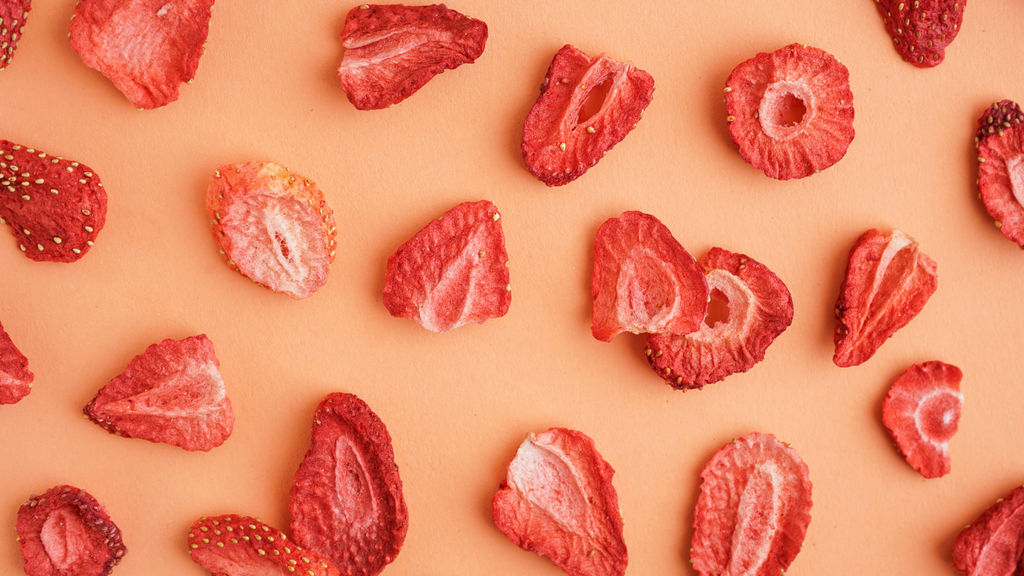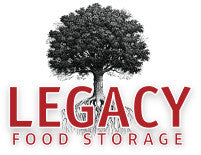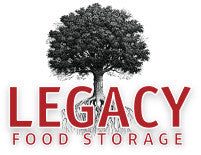
Freeze Drying Started with NASA, Right?
Have you ever wondered how a pouch of dried stroganoff in your emergency kit can last decades? While many associate freeze-dried food with NASA's space program, the first widely commercial freeze-dried product wasn’t a meal—it was coffee. In the 1930s, Nestlé started experimenting with instant coffee using freeze-drying techniques to preserve excess beans, leading to the launch of Nescafé instant coffee in 1938.
During WWII, freeze-drying became a critical industrial process for preserving blood plasma and penicillin, ensuring they remained viable for transport to field hospitals for wounded soldiers without refrigeration. This wartime application significantly expanded the use of freeze-drying beyond food and is often cited as the first large-scale use of the technology.
Did you know? The concept of freeze-drying dates back to ancient civilizations. The Inca people in the Andes mountains naturally preserved food using the cold mountain air and low atmospheric pressure as early as the 13th century.
NASA also later adapted this technology in the 1960s, seeking lightweight, long-lasting meals for space travel. They perfected a process still used today: flash-freezing food at -40°F, then removing ice through sublimation (where ice turns directly to vapor without melting).
Myth Busted!: The infamous (and delicious) freeze-dried ice cream sandwich was never actually taken into space. It was too crumbly.
Freeze-dried vs. Grocery Store Food
The secret is in what's missing: water and oxygen. Freeze-drying removes 98% of moisture using extreme cold, low pressure, and gentle heat. Oxygen-free packaging prevents bacteria growth, keeping food safe for decades.
Compared to canned food (which loses 40-60% of its nutrients during processing), freeze-dried food retains up to 97% of its original nutrients. Grocery store food is packaged using fewer preservation methods, making it only good for short term use. This is why freeze drying is one of the best long-term food preservation methods today.
Proper Storage Still Matters
While freeze-dried food is built to last, exposure to air, heat, and humidity can still reduce its shelf life and degrade its texture and nutrients. To protect your investment, keep your emergency food in a cool, dry, and dark place between 55º to70°F. While most freeze-dried foods have a 25 to 30 year shelf life when stored well, some properly stored items can last even longer.
From military applications to space travel to emergency readiness, freeze-dried food is a prime example of how one breakthrough can benefit many industries. Whether you're stocking up for emergencies or looking for nutrient-dense, long-lasting meals, freeze-dried food is an innovation worth trusting.
Tags
- All
- 25 year food
- 25 year shelf life food
- 72 hour kit
- Best food storage types
- Best long-term food storage
- Blizzard preparedness
- Budgeting
- canning
- Certified GMO-free Emergency foods
- Certified GMO-free foods
- Coffee
- Comparison of emergency food methods
- Composting tips
- Dangers of genetically modified foods
- dehydrated food
- Edible Wild Plants
- emergcy preparedness
- Emergency Cooking
- Emergency Food
- Emergency food Christmas gifts
- emergency food storage
- Emergency Food Supply
- Emergency food supply recommendations
- Emergency Planning
- Emergency Preparedness
- Emergency preparedness advice
- emergency preparednesss
- Emergency Supplies
- Emergency supplies checklist
- Emergency Survival
- emergency survival gear
- Emergency survival kit checklist
- Emergency Survival skills
- exercise
- Family emergency preparedness
- Family emergency preparedness plan
- Family Preparedness
- Food Storage
- Food storage 25 year shelf life
- Food storage amounts
- Food storage Christmas
- Food storage containers long term
- Food Storage Secrets
- Food storage serving size
- Food storage types compared
- freeze dried food
- Freeze dried food storage
- freeze dried meats
- Freeze-dried emergency food storage
- Fruit Trees
- Gardening
- Getting Started
- Gluten-free food Storage
- Gourmet emergency food
- Healthy food storage
- How much emergency food to store
- Improved emergency preparedness
- Jared Markin
- Jared Matkin
- Legacy Premium
- Lessons learned from Hurricane Sandy
- Lessons learned from natural disasters
- long-term food storage
- Long-term Food Storage Guidelines
- Long-term Food Storage tips
- Long-term water storage
- Mental Emergency Preparedness
- Mental toughness
- Money-saving tips
- Natural disaster planning
- Natural Disasters
- Perfect Christmas gifts
- Pet Emergency preparedness checklist
- Pet Emergency preparedness kit
- Pet Emergency Survival tips
- Pets and Emergency Preparedness
- Plant Foraging
- portable solar panels
- portable solar power
- portable water filters
- protein drinks
- Risk of genetic modification
- Seed saving and storage
- Seed saving guide
- Self-reliance
- Self-reliant practices
- Shelf Life
- Solar Cooking
- Solar Ovens
- Special Dietary needs
- Stranded in a car in a blizzard
- Survival food
- Survival Gear
- survival kit
- Survival kits
- Survival Ovens
- Survival Skills
- survivalist gear
- suvival kit
- Tree Pruning tips
- Tree Trimming basics
- unique ideas
- water bottle with filter
- water filter
- water filter straw
- water filters
- Water Filtration
- water pitcher with filter
- water pitchers with filters
- Water purification
- Wild Food Foraging
- Winter composting
- Winter driving
- Winter preparedness tips
- Winter storm preparedness tips
- Winter Survival







